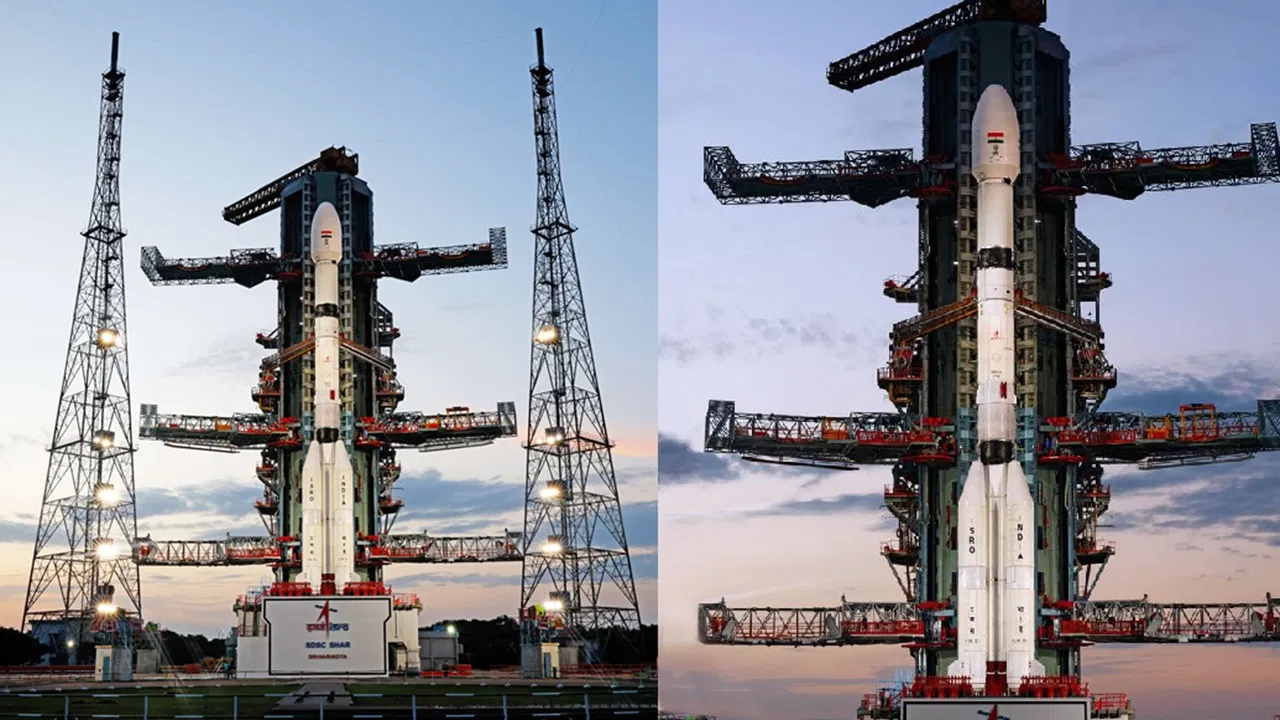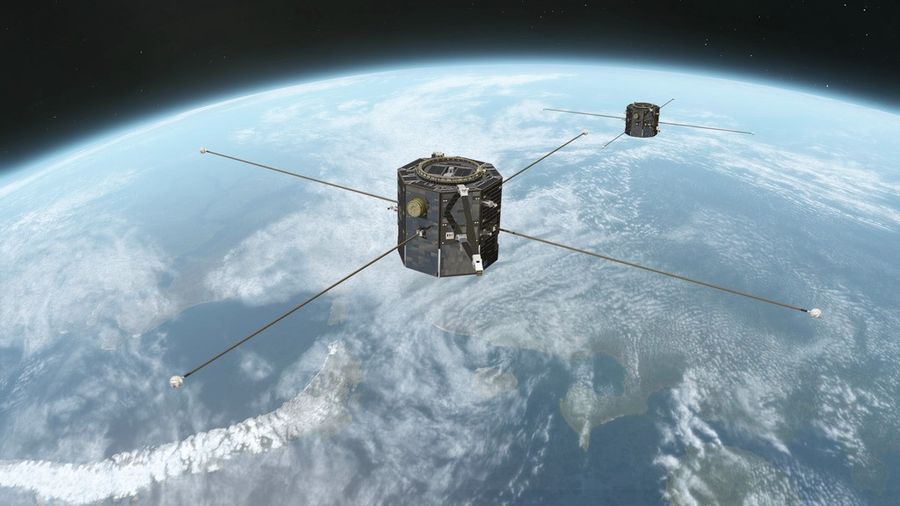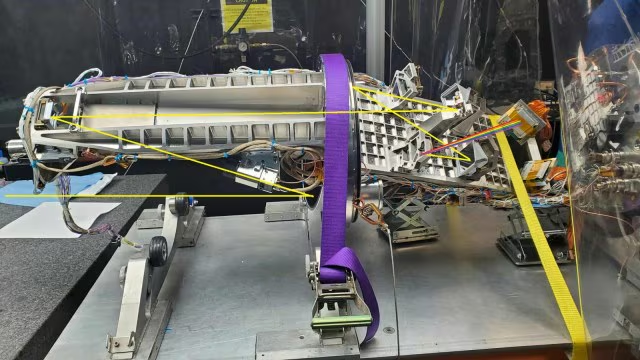




Source: ET
Disclaimer: Copyright infringement not intended.
Recently approved for in-flight testing the Kaveri engine marks a critical step forward in India's indigenous aerospace development.
The Kaveri engine project began in the late 1980s with the goal of powering the Light Combat Aircraft (LCA) Tejas.
Read about Tejas: https://www.iasgyan.in/daily-current-affairs/light-combat-aircraft-lca-mk1
Developed by the Gas Turbine Research Establishment (GTRE) under the Defence Research and Development Organisation (DRDO), the engine aims to provide India with an indigenous solution for jet propulsion systems.
The engine currently produces approximately 49-51 kN of thrust.
This thrust level is suitable for Unmanned Aerial Vehicle (UAV) applications, such as the Ghatak, India's stealth Unmanned Combat Aerial Vehicle (UCAV) program.
Feature |
Details |
|
Thrust Capability |
~49-51 kN, with plans to increase to 73-75 kN with afterburner |
|
Engine Type |
Turbofan engine |
|
Applications |
Designed for fighter jets like LCA Tejas, UAVs like Ghatak |
|
Development Timeline |
Over three decades of research and innovation. |
The Kaveri engine has undergone extensive ground testing, modifications and enhancements over the years.
It has been tested in high-altitude simulations in Russia and ground trials in India. These tests demonstrated promising results in reliability, thrust output and operational stability ensuring that the engine meets the required performance metrics for inflight testing.
Ghatak, initially designated as Indian Unmanned Strike Air Vehicle, is an autonomous jet powered stealthy UCAV, being developed by Aeronautical Development Establishment of the DRDO for the Indian Air Force.
The design work on the UCAV is to be carried out by Aeronautical Development Agency. Autonomous Unmanned Research Aircraft (AURA) was a tentative name for the UCAV.
The Ghatak UCAV will have an internal weapons bay for carrying missiles, bombs and precision-guided munitions. Its design will be based on a flying-wing concept, and will be powered by a turbofan engine.
The first flight of a scaled down testbed was carried out in July 2022, and that of a full scale prototype is expected in 2025.
The project has faced delays due to the complexity of jet engine technology.
Collaborations with global aerospace players helped address technological gaps.
Efforts to minimize production costs while maintaining performance.
Reduces dependency on foreign jet engine manufacturers.
Enhances national security through indigenous capabilities.
Encourages growth in India’s aerospace sector.
Creates opportunities for local manufacturers and suppliers.
Positions India as a potential exporter of aerospace technology.
Enhances the credibility of Indian defense research on the global stage.
Ensure rigorous testing for reliability and efficiency. Expand testing scenarios to include diverse operational conditions.
Strengthen partnerships with international aerospace leaders. Leverage cutting-edge technologies like AI for optimization.
Prepare for mass production upon successful certification. Establish manufacturing hubs in India to cater to domestic and export demands.
Engines are devices that convert various forms of energy into mechanical work.
Type |
Description |
Examples |
|
Internal Combustion (IC) |
Fuel combustion occurs within the engine's cylinders producing high-pressure gases that drive pistons or turbines. |
Petrol engines, diesel engines, gas engines. |
|
External Combustion (EC) |
Fuel combustion happens outside the engine generating steam or hot gases that move pistons or turbines. |
Steam engines, steam turbines. |
Type |
Description |
Examples |
|
Reciprocating (Piston) |
Utilizes pistons moving back and forth within cylinders to convert pressure into rotational motion. |
Most car engines, motorcycle engines. |
|
Rotary (Wankel) |
Employs a triangular rotor spinning within an epitrochoidal chamber offering a compact design with fewer moving parts. |
Mazda RX-7 engine. |
Based on Fuel Type:
Type |
Description |
Examples |
|
Petrol (Gasoline) |
Uses petrol as fuel typically featuring spark ignition systems. |
Most passenger cars, motorcycles. |
|
Diesel |
Operates on diesel fuel utilizing compression ignition for combustion. |
Trucks, buses, some cars. |
|
Gas |
Runs on gaseous fuels like LPG or CNG often chosen for cleaner emissions. |
Some taxis, buses and forklifts. |
|
Electric |
Powered by electric motors using energy stored in batteries producing zero tailpipe emissions. |
Electric vehicles like Tesla models, Nissan Leaf. |
Type |
Description |
Examples |
|
Spark Ignition (SI) |
Air-fuel mixture is ignited by a spark plug, common in petrol engines. |
Most petrol cars and motorcycles. |
|
Compression Ignition (CI) |
Air-fuel mixture ignites due to high compression, characteristic of diesel engines. |
Diesel trucks, buses and some cars. |
Type |
Description |
Examples |
|
Single Cylinder |
Contains one cylinder and piston typically used in smaller engines. |
Motorcycles, lawnmowers. |
|
Inline (Straight) |
Cylinders arranged in a single line along the crankshaft common in many vehicles. |
Inline-4 engines in many cars. |
|
V-Type |
Cylinders arranged in two banks forming a 'V' shape allowing for more cylinders in a compact space. |
V6 and V8 engines in performance and luxury cars. |
|
Flat (Boxer/Opposed) |
Cylinders positioned horizontally opposite each other providing a low center of gravity. |
Subaru and Porsche engines. |
|
Radial |
Cylinders arranged in a circle around the crankshaft primarily used in aircraft engines. |
World War II-era aircraft engines. |
Sources:
|
PRACTICE QUESTION Q.Analyze the implications of the Kaveri engine’s approval for in-flight testing on India’s defense autonomy and indigenous aerospace capabilities. What challenges does the project face and how can it shape the future of India’s aerospace sector? 250 Words. |






© 2025 iasgyan. All right reserved